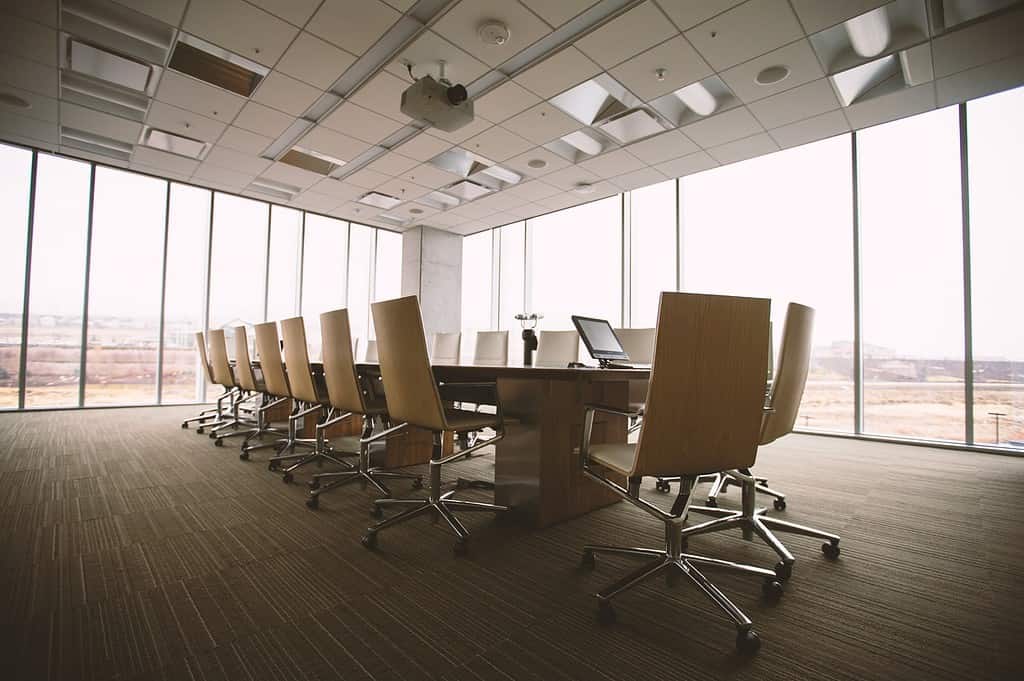The Covid-19 pandemic is now gone but most of the office buildings in the world’s largest cities remain largely unoccupied as industries have transitioned into hybrid work. This has birthed the idea of converting the empty offices into residential apartments as an approach to addressing housing shortages and renewing business districts.

While there may be some significant advantages to rethinking the office space, the conversion actually comes with many design and equity challenges, Phillip Oldfield, a researcher at the University of New South Wales (UNSW), said in a recent analysis. Developers have to ensure inequities are not built into our housing system, he added.
“We need to contribute to far fewer emissions, but we need to build far more homes. So, there’s this shift towards thinking about when do we need to build, and how can we adaptively reuse existing assets,” Oldfield said in a statement. “We need to be creative and converting these office blocks into apartments is one possible way.”
Rethinking our office buildings
The interest in adapting offices to residential buildings is growing around the world, the researcher said. In the US, a task force in New York is working on regulatory reforms to allow this to happen, while in Chicago the city government is offering subsidies to developers and in California the government adopted a law for adaptive use.
The same is also happening in other countries. In the UK, the government eased zoning restrictions to encourage adaptive reuse, while in South Korea under-occupied hotels and office blocks are being converted into new rental accommodations. In South America, the city of Buenos Aires gave loans to developers to transform office blocks.
Oldfield said most cities currently face an environmental contradiction. The UN estimates that three billion people will need access to adequate housing by 2030, with 96,000 new homes needed every day. At the same time, construction is responsible for about 40% of all greenhouse gas emissions, so building new ones could be problematic.
“Office buildings are fundamentally different in terms of space – they are typically big and open and deep – and this impacts their ability to meet the architectural and design needs of residential space,” he said in a release. “This frequently translates to long thin apartments with limited access to natural light and restricted access to ventilation.”
A windowless bedroom would go against the comfort, equity and overall health of the people living there, Oldfield said, while instead exposure to natural light connects people to the outside world and is associated with better sleep, mood and productivity. This should be considered by developers, the researchers said.
For example, when transforming an office into a residential building, they could introduce light wells and atria to increase their residential suitability and appeal. There are already examples of this happening, such as in the Quay Quarter Tower in Sidney, built in 1976 but redeveloped from 2018-2021, drastically altering its design and form.
Oldfield said there are equity issues around building poor-quality apartments that used to be offices. If you live in a single-glazed apartment and there’s a heatwave and a power outage, those who are elderly, unwell or living with a disability, might not be able to leave the flat, compared to those who are young and fit, the researcher said.
“We can convert offices to residential where the offices are shallow. And where it makes sense in terms of location, access to amenities, quality of space. Absolutely. But as a strategy to create more accessible, equitable and resilient housing, its impact is going to be limited,” Oldfield said.









